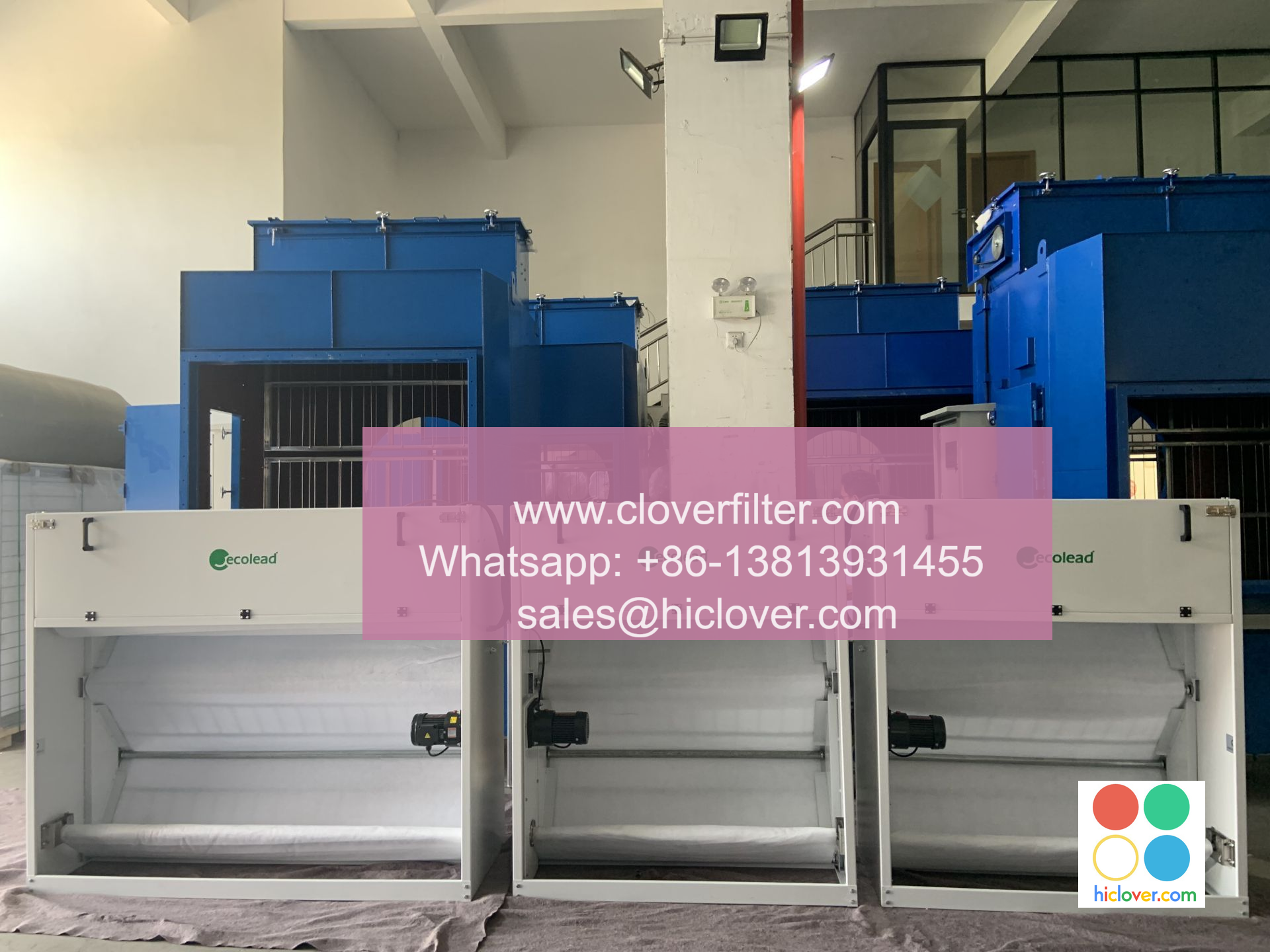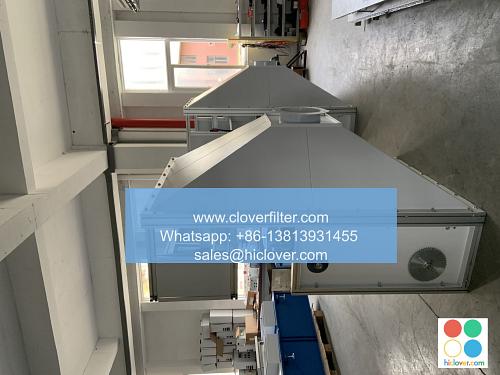The Evolution of Air Filter Technology: A Historical Perspective

The history of air filter technology dates back to the early 20th century, and since then, it has undergone significant transformations, driven by advancements in materials science, nanotechnology, and aerodynamics. In this article, we will delve into the evolution of air filter technology, highlighting various application areas, including industrial air filtration, heating, ventilation, and air conditioning (HVAC), and air pollution control.
Early Developments: Mechanical Air Filters
The first air filters were simple mechanical devices that used fiberglass or cotton to capture dust and other particles. These early filters were relatively ineffective and required frequent maintenance and replacement. However, they paved the way for the development of more advanced air filter technologies. In the 1950s and 1960s, the introduction of activated carbon filters marked a significant improvement in air filtration, as they could capture gases and odors in addition to particles.
Advances in Air Filter Technology: Electrostatic and HEPA Filters
The 1970s saw the introduction of electrostatic air filters, which used an electrostatic charge to attract and capture particles. These filters were more effective than their mechanical counterparts and required less maintenance. The 1980s witnessed the development of High Efficiency Particulate Air (HEPA) filters, which could capture 99.97% of particles as small as 0.3 microns. HEPA filters revolutionized the field of air filtration and are still widely used today in industrial, commercial, and residential applications.
Modern Air Filter Technologies: Nanofiber and MEMS-Based Filters
In recent years, the development of nanofiber air filters has further improved the efficiency and effectiveness of air filtration systems. These filters use nanoscale fibers to capture particles, and they have been shown to be more effective than traditional HEPA filters. Another area of research is Microelectromechanical Systems (MEMS)-based air filters, which use microscopic structures to capture particles. MEMS-based filters have the potential to be more energy-efficient and compact than traditional air filters.
Application Areas: Industrial Air Filtration, HVAC, and Air Pollution Control
Air filter technology has a wide range of applications, including industrial air filtration, heating, ventilation, and air conditioning (HVAC), and air pollution control. In industrial settings, air filters are used to capture hazardous particles and gases, protecting workers and equipment. In HVAC systems, air filters help to improve indoor air quality and reduce the risk of airborne diseases. In air pollution control, air filters are used to capture particulate matter and gases emitted by industrial processes and vehicles.
Conclusion
The evolution of air filter technology has been marked by significant advancements in materials science, nanotechnology, and aerodynamics. From simple mechanical air filters to advanced nanofiber and MEMS-based filters, the field of air filtration has come a long way. As air pollution continues to be a major concern, the development of more effective and efficient air filter technologies will be crucial in protecting public health and the environment. By highlighting various application areas, including industrial air filtration, HVAC, and air pollution control, we can appreciate the importance of air filter technology in maintaining good air quality and reducing the risks associated with air pollution. You haven’t asked a question or provided any context. What would you like to talk about or ask?

